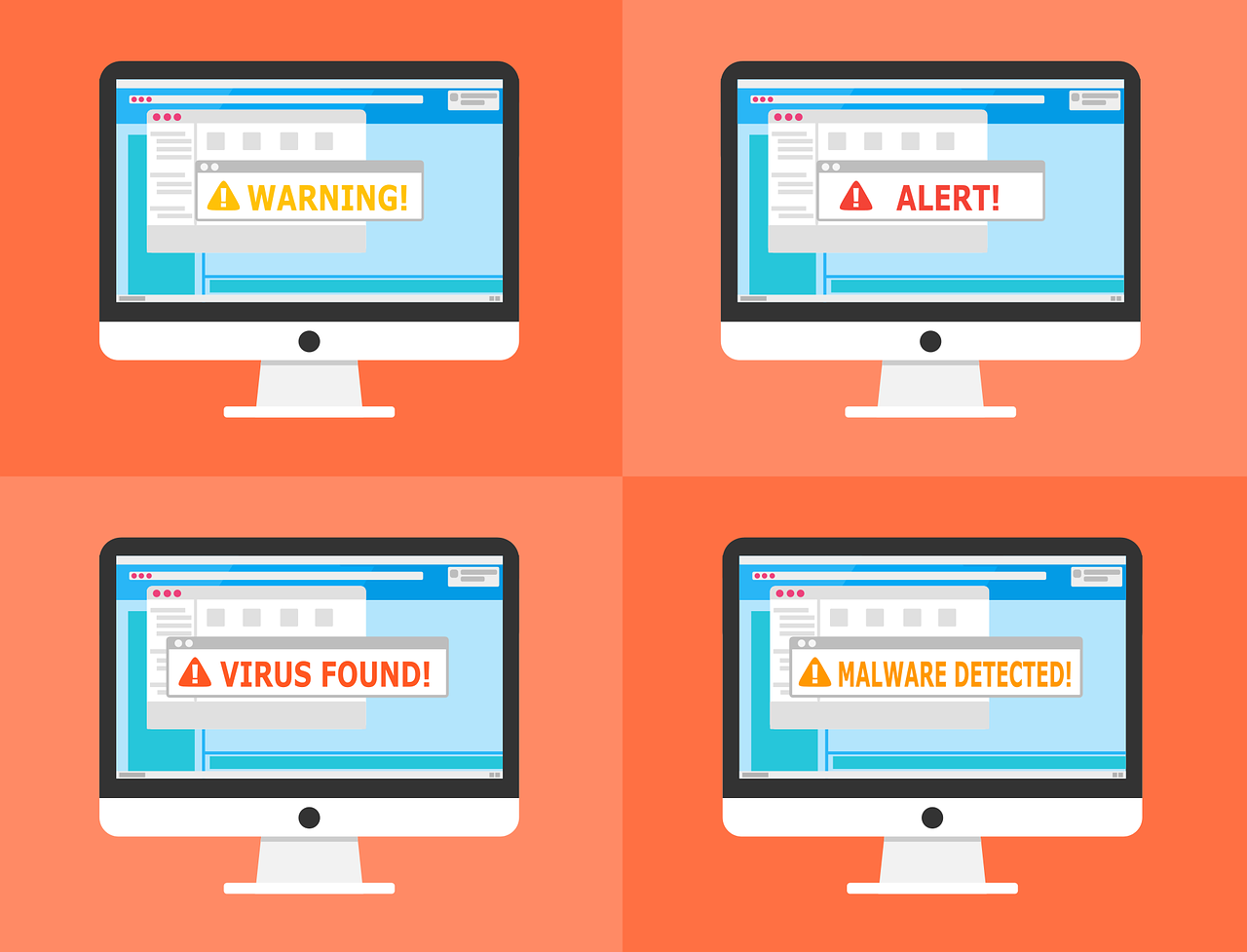These days, everything is connected—including the software your business runs on, whether it’s installed on your servers or in the cloud. That’s why it’s crucial to protect the whole process that develops and delivers your software. Every single step, from the tools developers use to the way updates are pushed out, plays a role in keeping things secure. If any part of this process is compromised, the impact could be severe.
Take what happened last July, for example: a global IT meltdown knocked out airlines, banks, and tons of other businesses. Why? Because an update from software supplier CrowdStrike went wrong, and they were a key link in a bunch of software supply chains. So, how do you avoid something like that happening to you? Let’s dive into why securing your software supply chain is super important.
Complexity is Growing, and Everything’s Connected
- Lots of Moving Parts: Today’s software isn’t simple. It’s made up of many different pieces like open-source libraries, third-party APIs, and cloud services. Each of these components can have its own vulnerabilities, so it’s vital to keep every piece secure to protect the whole system.
- Frequent Updates: CI/CD (continuous integration and deployment) is a common practice now, meaning software is updated constantly. This speeds up development but also increases the chances of vulnerabilities slipping through. Locking down the CI/CD pipeline helps prevent malicious code from sneaking in.
Cyber Threats are on the Rise
- Going After the Supply Chain: Hackers are getting smart—they’re not just attacking companies directly anymore. Instead, they’re targeting the software supply chain, breaking into trusted software to access larger networks. This sneaky approach can be more effective than hitting heavily guarded systems.
- Using Advanced Tactics: Cybercriminals are stepping up their game with advanced malware, zero-day exploits, and social engineering to exploit supply chain gaps. These complex attacks are tough to spot and deal with, so having a strong security stance is a must.
- Big Consequences: A successful attack can be a nightmare—think hefty fines, legal battles, and losing customer trust. Plus, getting back on your feet after a breach can be long and expensive. Being proactive about supply chain security can help you dodge these problems.
Meeting Regulations is a Must
- Keeping Up with Compliance: Lots of industries have strict rules around software security (like GDPR, HIPAA, and CMMC). Not following these regulations can cost you big time. Keeping your software supply chain secure helps you stay on the right side of the law.
- Managing Vendor Risks: Regulations often require you to keep a close eye on your vendors. You need to make sure your suppliers are up to par when it comes to security best practices. Regular checks and monitoring of vendor security measures are crucial for a secure supply chain.
- Protecting Data: Regulations also make data protection a priority. Keeping the supply chain secure helps ensure sensitive data stays safe from prying eyes—this is especially important in fields like finance and healthcare, where breaches can be devastating.
Keep Your Business Running Smoothly
- Avoid Disruptions: A secure supply chain means less risk of major disruptions to your business. Cyber-attacks can cause downtime, hitting your productivity and profits, so safeguarding your supply chain helps keep operations running without a hitch.
- Hold Onto Trust: Your customers and partners expect your software to be safe and reliable. A security breach can destroy trust and damage those relationships, but taking steps to secure your supply chain helps maintain confidence.
How to Secure Your Software Supply Chain
- Use Strong Authentication: Implement strong authentication, like multi-factor authentication (MFA) and strict access controls, to ensure only the right people have access to critical systems and data.
- Roll Out Updates Slowly: Keep your software up to date, but don’t rush it. Test updates on a few systems first to ensure there are no issues before deploying them more widely.
- Regularly Audit Your Security: Conduct frequent security audits to evaluate the security measures of all your vendors and partners. This helps identify weaknesses and makes sure you’re always in line with security standards.
- Follow Secure Development Practices: Use best practices for secure development, such as code reviews, static analysis, and penetration testing, to find and fix vulnerabilities from the start.
- Monitor for Suspicious Activity: Set up continuous monitoring with tools like intrusion detection systems (IDS) and security information and event management (SIEM) to catch potential threats in real-time.
- Train Your Team: Make sure everyone—from developers to management—knows their role in keeping the supply chain secure. Regular training and awareness programs are essential.
Need Help with IT Vendor Management?
Securing your software supply chain is no longer optional—it’s a must. A breach or outage can cause massive financial and operational damage. Investing in supply chain security is crucial for keeping your business resilient. Need help managing your tech vendors or locking down your digital supply chain? Reach out, and let’s talk!
Article used with permission from The Technology Press.


Comments are closed